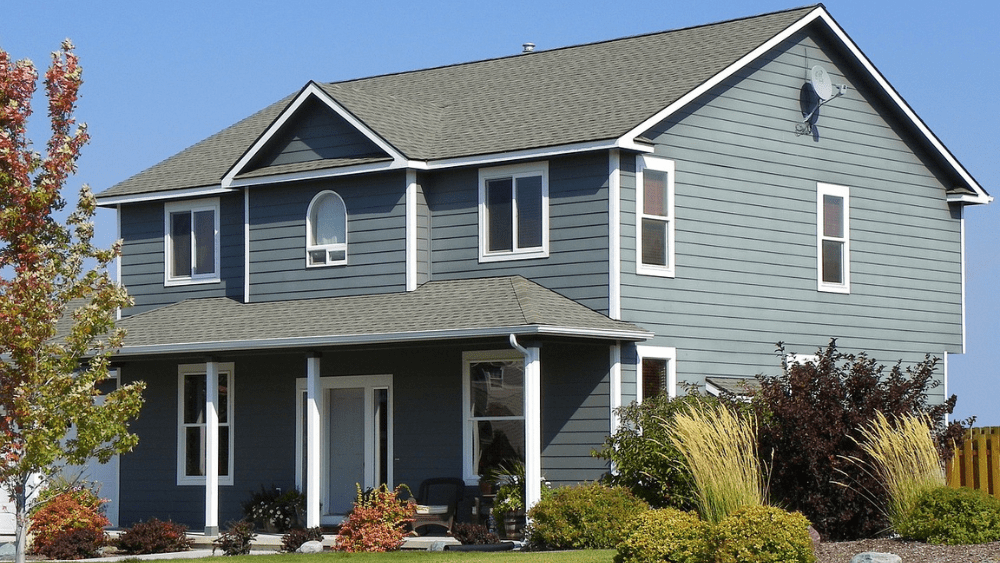
In the intricate dance of buying and selling homes, the “sale to list ratio” might be considered the metronome that sets the beat. In this post, we provide a clear explanation of what a sale-to-list ratio is, why it matters to both sellers and buyers, and how you can use this real estate meter as you make important decisions about selling your home. The sale-to-list ratio is a housing market metric that measures the final sale price of a home against its original listing price, expressed as a percentage. This ratio reveals how close (or far) the selling price was to the asking price, serving as a barometer for market dynamics. A ratio above 100% typically indicates a seller’s market, where homes often sell for more than their listed prices. Conversely, a ratio below 100% suggests a buyer’s market, with homes selling for less than their listing prices. In addition, the sale-to-list ratio can be used as a tool to gauge buyer and seller activity in your neighborhood so you can set realistic expectations for your own home sale. It can also be used to measure the performance of a real estate agent. Let’s look at some real-life examples of sale-to-list ratios to see how this plays out in different scenarios. The two scenarios below illustrate different outcomes in the sale-to-list ratio, providing a clearer understanding of how this market compass works. This home sold for 96.25% of the seller’s original list price. This means the buyer or the buyer’s agent was able to leverage the selling price down in negotiations. This home sold for 103.75% of the seller’s original list price. This means the seller or the seller’s agent was able to increase the selling price, perhaps due to having multiple offers or a bidding war.What is a sale-to-list ratio?
Examples of sale-to-list ratios



